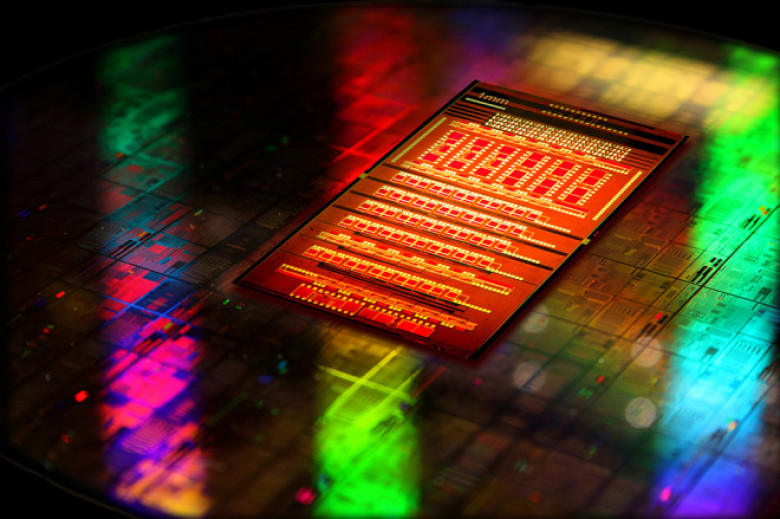IBM Bets $3B That the Silicon Microchip Is Becoming Obsolete
IBM is worried that the age of silicon may be drawing to a close. So it’s going to spend $3 billion over the next half-decade to try and find new ways to power the future generations of microprocessors.
“We really do see the clock ticking on silicon,” says Tom Rosamilia, Senior Vice President of IBM Systems & Technology Group. Today’s state-of-the-art IBM chips use silicon components that are already tiny — just 22 nanometers in width. But looking about five years into the future, parts become so small that it becomes extremely difficult to maintain a reliable on or off state. “As we get into the 7 nanometer timeframe, things really begin to taper off,” Rosamilia says.
So the first step of IBM’s $3 billion quest will fund research into ways of making these smaller chip components work — even if they don’t use silicon. IBM has high hopes for a silicon alternative, called carbon nanotubes, but the concept still needs work if it’s going to become as easy to crank out carbon nanotube chips as their silicon alternatives. Another promising area is silicon nanophotonics: a way of using light instead of electrical signals to send data around the chip.










































































